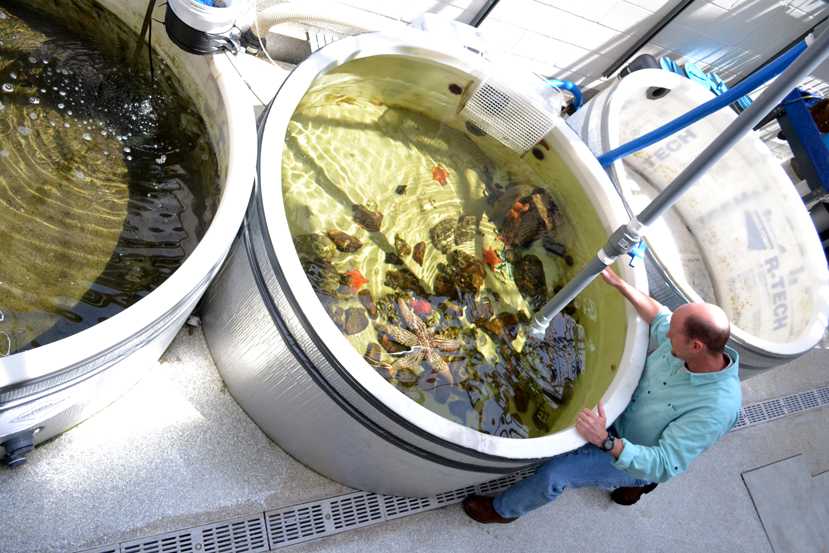Research from the Cal State Long Beach Shark Lab has helped to keep the northeastern pacific population of great white sharks from being listed under the Endangered Species Act — by proving its not endangered.
The National Oceanic and Atmospheric Administration (NOAA) used research from the Shark Lab to determine that the shark is not in danger of extinction, according to marine biology professor Christopher Lowe, who runs the Shark Lab.
NOAA began an investigation on the shark population last year after environmental groups WildEarth Guardians and Oceana filed two petitions, asking for the shark to be added to the endangered list, according to a status review published by the agency.
However, the review found that “the NEP white shark population was most likely at a low to very low risk of extinction.”
According to Kady Lyons, a recent CSULB graduate who works at the Shark Lab on campus, the petitions were filed in reaction to data from a 2011 study published in Biology Letters, a biological sciences journal, that estimated that there were 219 great white sharks in the northeastern Pacific Ocean.
“They misinterpreted the research done, thinking there was only 219 great whites estimated to be in the whole Pacific, when it was very localized and a small sample,” Lyons said.
According to Lyons, great white sharks are protected through multiple regulations, such as those that restrict gill net fishermen from fishing within three nautical miles from offshore and require that any white shark incidentally captured must be immediately released.
Lowe said that prior to 1994, any great white shark accidentally caught in a net was sold in fish markets.
“During [that] time, the numbers being reported as caught declined,” Lowe said. “This tends to suggest overfishing or population reduction.”
In the Shark Lab and out in the field, Lowe said, he and his graduate students worked on determining if the shark population in fact becoming endangered.
“My graduate students and I went through 70 years of historic fishing records to find fisheries in Southern California that reported interactions with white sharks,” Lowe said.
Lyons said having a good relationship with the gill-net fishermen, who occasionally caught great white sharks accidently, allowed them to tag the sharks for their research. By tagging the sharks, they could determine whether new sharks were populating the coast or if the same sharks were being captured repeatedly.
“We’ve seen an increasing trend in baby white shark incidental capture rate over the last eight years despite an over 82 percent reduction in gill net fishing in Southern California,” Lowe said. “This suggests the population is increasing.”
Lyons agreed.
“We are seeing more juvenile sharks, which suggests a sign of recovery,” Lyons said. “Since protecting the great white sharks [for] almost 20 years, we are seeing the fruits of that labor. The extra regulation is helping species other than the great white, such as black sea bass and leopard sharks.”
Lowe said NOAA’s decision to leave the great white shark off of the endangered species list could benefit animals that belong on the list.
“There are so many other marine species [that are] in true danger right now,” Lowe said, “and it would be a shame to see valuable resources taken from those species to try to manage a species that seems to be increasing and already have many forms of protection in place to protect them.”




